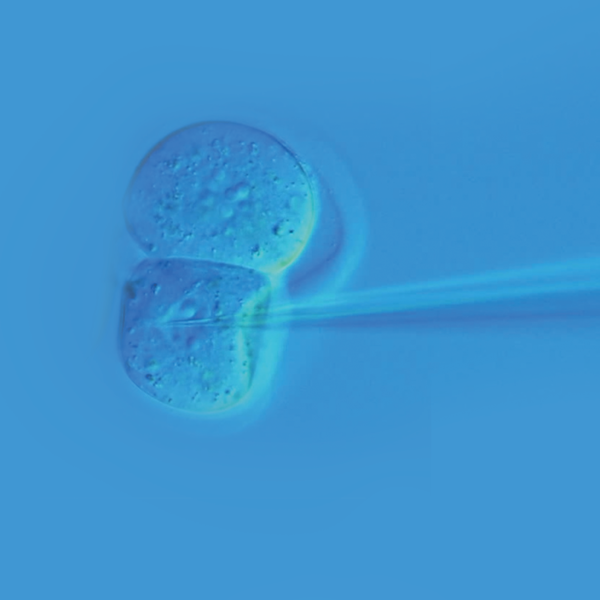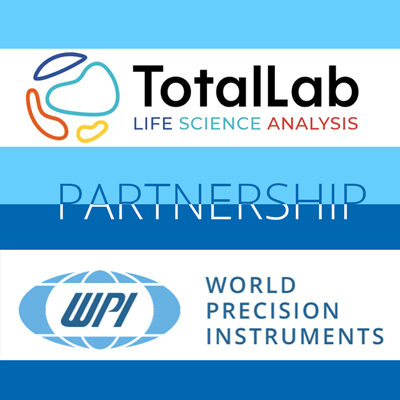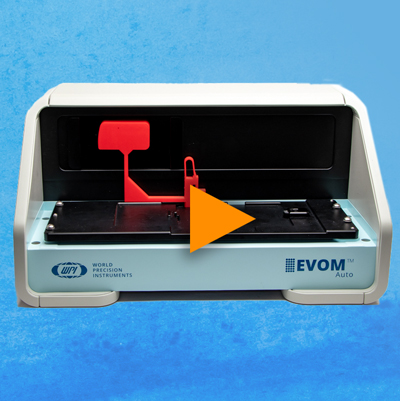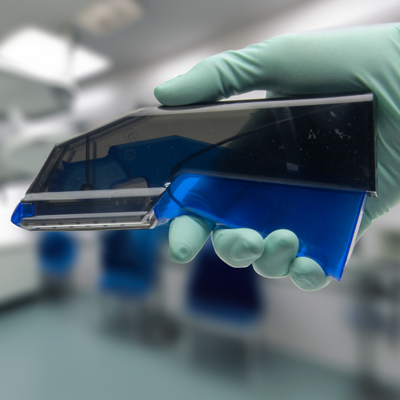This website uses cookies to ensure you get the best experience on our website.
Read more
Blog
-
November 03, 2023
EVOM™ Auto High Throughput (HTS) Transepithiel Electrical Resistance (TEER) Measurement System with 24 and 96 transwell capability can switch between different 24 and 96 HTS well plates by using matching electrode arrays and plate positioners. Here we demonstrate how to switch to a 24 transwell plate after using a 96 transwell plate. ...more
-
November 02, 2023
EVOM™ Auto is WPI’s latest high throughput screening TEER measurement system with 24 and 96 HTS transwell plate measurement capability, and it offers easy options for switching between different plates. I will show you how to setup it up. The Interface Unit is the controller that establishes communication between the EVOM™ Auto software and the autosampler. ...more
-
October 31, 2023
EVOM™ Auto High Throughput (HTS) Transepithiel Electrical Resistance (TEER) Measurement System with 24 and 96 transwell capability can switch between different 24 and 96 HTS transwell plates by using matching electrode arrays and plate positioner. Here we demonstrate how to install a well plate. ...more
-
October 26, 2023
The EVOM™ Auto High Throughput (HTS) Transepithiel Electrical Resistance (TEER) Measurement System with 24 and 96 transwell capability has a removable electrode array head. Different electrode arrays can be used with the same system to analyze a variety of 24 and 96 transwell HTS plates. ...more
-
October 24, 2023
SARASOTA, Fla., October 23, 2023 /PRNewswire/ -- World Precision Instruments (WPI) is excited to expand the capability of the EVOM™ Auto, now offering both 24 and 96 multiwell capacity in one single platform. The EVOM™ Auto enables rapid and reproducible measurements of Transepithelial Electrical Resistance (TEER), a well-established, non-invasive and widely accepted method of evaluating epithelial and endothelial cells and tissues. ...more
-
October 24, 2023
EVOM™ Auto High Throughput (HTS) Transepithiel Electrical Resistance (TEER) Measurement System with 24 and 96 transwell capability can switch between different 24 and 96 HTS well plates by using matching electrode arrays and plate positioners. Here we demonstrate how to switch to a 24 transwell plate after using a 96 transwell plate. ...more
-
October 20, 2023
Micromanipulators are an important tool used to execute minute, fine-tuned movements critical for various applications including microinjection into cells or tissue, microscopy, as well as for research involving biological and nano-engineering implementation. Before selecting a micromanipulator, consider the following to choose the best option for your application:...more
-
October 17, 2023
Hemostatic forceps, also called ring forceps or hemostats, are common surgical instruments used in medical, veterinary, and laboratory settings to control bleeding during procedures. Hemostats are used to clamp blood vessels, tissues, or other small structures, effectively minimizing blood flow during surgical procedures. Hemostats prevent excessive bleeding for the subject and offer a clear view of the surgical site for the operator. Here’s a brief introduction to the features and uses of hemostatic forceps in a laboratory setting...more
-
October 13, 2023
Cleaning laboratory syringes helps prevent contamination and ensures accurate dosing. You should always adhere to the protocols of your institution and the manufacturer of your syringe. Specific cleaning requirements may vary based on the intended use of the syringe, its material composition , and the sample fluid introduced. Here is a typical protocol for cleaning a laboratory syringe...more
-
October 11, 2023
Laboratory syringes are used for accurate measurement and administration of fluids in medical, laboratory, and industrial settings. Proper maintenance is crucial to ensure their functionality and accuracy. Here we will examine some common maintenance issues you may encounter with your reusable laboratory syringes...more








